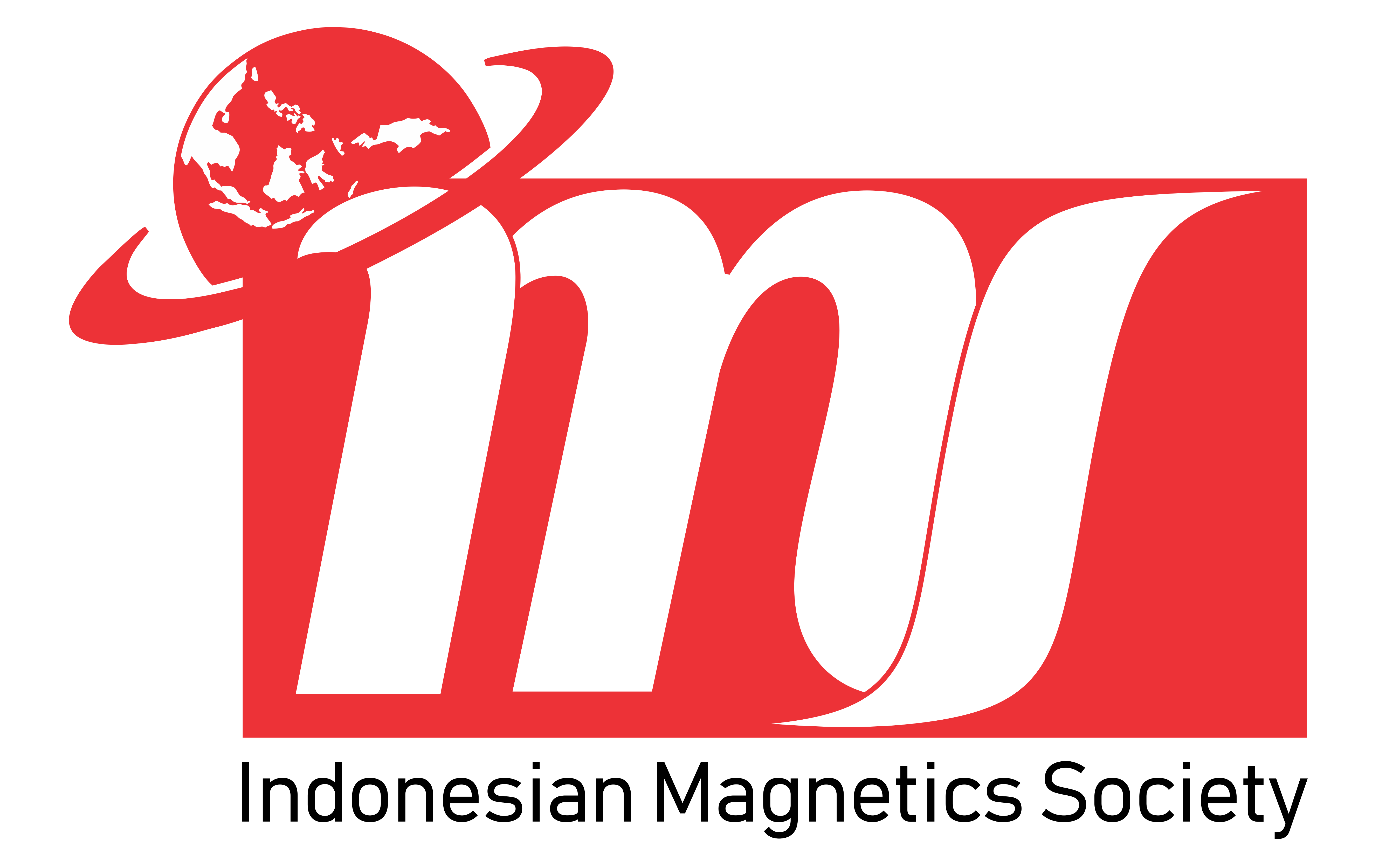Synthesis of Hard Carbon from Waste Teak Wood Powder as Anode Material for Lithium-ion Batteries
Abstract
Keywords
Full Text:
PDFReferences
Antika, I. a. (2019). Karakteristik Anoda Baterai Lithium-Ion yang dibuat dengan Metoda Spraying Berbasis Binder CMC. JIIF (Jurnal Ilmu dan Inovasi Fisika), 3(2), 114-121. https://doi.org/10.24198/jiif.v3i2.23073
Dahn, J. R. (1995). Mechanisms for lithium insertion in carbonaceous materials. Science, 270(5236), 590–593. https://doi.org/10.1126/science.270.5236.590
Erawati, E. &. (2019). Pembuatan Karbon Aktif dari Serbuk Gergaji Kayu Jati (Tectona Grandis Lf) (Suhu dan Waktu Karbonasi). Proceeding of The URECOL, 105-112.
Hagos, T. T. (2019). Locally Concentrated LiPF6 in a Carbonate-Based Electrolyte with Fluoroethylene Carbonate as a Diluent for Anode-Free Lithium Metal Batteries. ACS Applied Materials & Interfaces, 11(10), 9955-9963. https://doi.org/10.1021/acsami.8b21052
Li, Y. H. (2016). Hard Carbon Microtubes Made from Renewable Cotton as High-Performance Anode Material for Sodium-Ion Batteries. Advanced Energy Materials, 6(18), 1600659. https://doi.org/10.1002/aenm.201600659
Li, Z. J.-P. (2017). Hard carbon anodes of sodium-ion batteries: undervalued rate capability. Chemical Communications, 53(17), 2610–2613. https://doi.org/10.1039/C7CC00301C
Liang, L. Y. (2014). Silikon-Based Materials as High Capacity Anodes for Next Generatlithium Ion Batteries. Journal of Power Sources, 267, 469-490. https://doi.org/10.1016/j.jpowsour.2014.05.096
Linden, D. a. (2002). Handbook of Batteries. New York: NY: McGraw-Hill.
Moctar, I. E. (2018). Hard Carbon Anode Materials for Sodium-Ion Batteries. Functional Materials Letters, 11(06), 1830003. DOI: 10.5445/IR/1000091161
Omar, N. D. (2012). Rechargeable Energy Storage Systems for Plug-in Hybrid Electric Vehicles Assessment of Electrical Characteristics. Energies, 5(8), 2952-2988. https://doi.org/10.3390/en5082952
Qian, J. A. (2016). Anode‐Free Rechargeable Lithium Metal Batteries. Advanced Functional Materials, 26(39), 7094-7102. https://doi.org/10.1002/adfm.201602353
Rao, X. L. (2020). Polyacrylonitrile Hard Carbon as Anode of High Rate Capability for Lithium Ion Batteries. Frontiers in Energy Research, 8, 3. https://doi.org/10.3389/fenrg.2020.00003
Shen, Y. Q. (2020). Chemically Prelithiated Hard‐Carbon Anode for High Power and High Capacity Li‐Ion Batteries. Small, 16(7), 1907602. https://doi.org/10.1002/smll.201907602
Shuo, Z. W. (2010). Preparation of Carbon Spheres From Potato Starch and Its Stabilization Mechanism. New Carbon Materials, 25(6), 438-443. https://doi.org/10.1016/S1872-5805(09)60044-5
Sugiantoro, S. &. (2016). Karakterisasi Termal dan Struktur Mikro LiMn2O4 Dan LiFePO4 Sebagai Bahan Katode Baterai Isi Ulang. Prosiding Seminar Nasional XXV “Kimia dalam Industri dan Lingkungan, 327-330. http://repo-nkm.batan.go.id/id/eprint/2264
Wang, K. X. (2021). A Hybrid Lithium Storage Mechanism of Hard Carbon Enhances Its Performance as Anodes for Lithium-Ion Batteries. Carbon, 178, 443-450. https://doi.org/10.1016/j.carbon.2020.11.095
Yasin, G. K. (2019). Facile and Large-Scalable Synthesis of Low Cost Hard Carbon Anode for Sodium-Ion Batteries. Results in Physics, 102404. https://doi.org/10.1016/j.rinp.2019.102404
Refbacks
- There are currently no refbacks.







